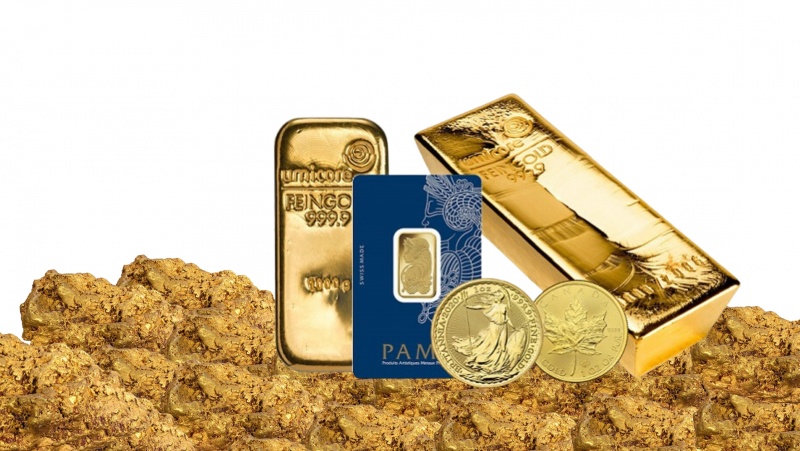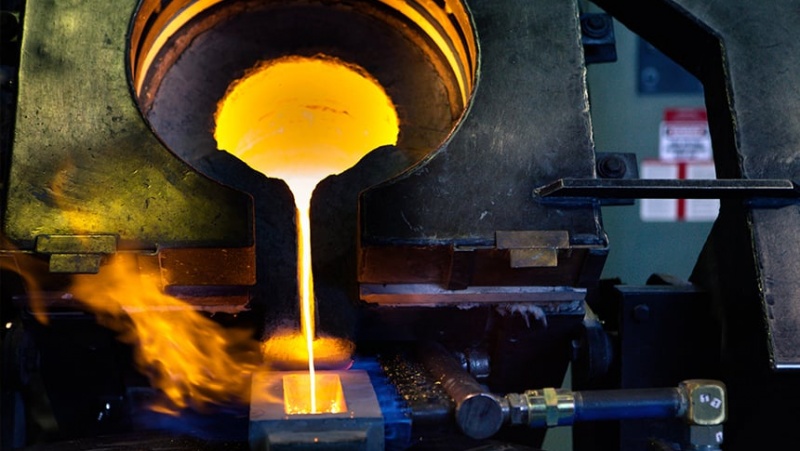
The Yukon-Charley Rivers National Preserve was established in part to preserve and convey the legacy of gold placer mining in the area as well as the history of the Klondike-Alaska Gold Rush. Visitors can still witness relics from the region’s placer gold era along the Yukon River between Eagle and Circle, such as prospectors’ log huts, mining camps, sluice boxes, tailings heaps, hydraulic pipe, steam boilers, drilling rigs, and earth-moving machinery.
What is Placer mining?
Placer, which means a shoal or sand bar, is said to have originated from Catalan and Spanish. When gold was discovered in Alaska and the Canadian Klondike in the late 1890s, the gold-seekers who rushed northward carried with them numerous placer mining processes, introducing the term to American slang during the California Gold Rush of 1848. The underlying idea behind all placer mining processes is that gold is heavier than sand and rock.
Finding a creek drainage where gold dust, flakes, and nuggets have been transported for ages to be deposited in layers of creek sediments is the first hurdle. Prospectors did this by either digging directly down to a point just above bedrock where placer gold tended to gather or using pans to examine the surface gravels. They then dug horizontal tunnels to follow the richest terrain. Drift mining is the name of this strategy (the horizontal tunnel is the drift).
Importance of Water:
Prospectors’ pan can be used by miners to collect their gold one pan at a time, although this laborious, slow process is not recommended. The passage of water through wooden troughs known as sluice boxes is used to speed up the process. Small pieces of gold are encouraged to fall out of solution when a set of riffles, which resemble shallow fences, stir the water and gravel slurry in the bottom of the box.
Hydraulicking, which made use of the water under pressure, was another method that accelerated the placer mining process. Miners could generate enough water pressure to blast away significant amounts of dirt by building a penstock (a wooden and earthen reservoir of creek water) and laying a network of sectional steel pipes.
Role of Machines:
Since moving gravel by hand is laborious and placer gold is frequently only found in trace amounts, gold miners first used steam-powered, and later diesel-powered, equipment to make unprofitable ground productive. The first gold dredges came to Alaska in the 1910s, and by the 1930s, a number of dredges had been imported for use in mines along the Yukon River.. They scooped thousands of cubic feet of gravel per day, washed it in rotating tumblers with water sprayed from all directions, and then processed it through numerous sluice boxes. The dredges’ neatly arranged piles of waste rock that they left behind as they travelled across the terrain are known as tailings.
Dredge operators and small-scale placer miners alike added mercury to their sluice boxes in order to capture as much gold as possible since gold and mercury chemically bind to create an amalgam. Retorting can start after the riffles are taken out and the amalgam is scraped out of the box. It involves heating the amalgam in a crucible until the mercury vaporises. After that, the gold can be melted to remove impurities and poured into a mould to produce a gold brick.







